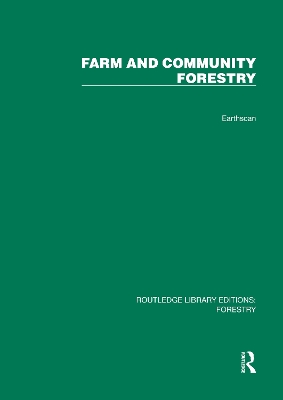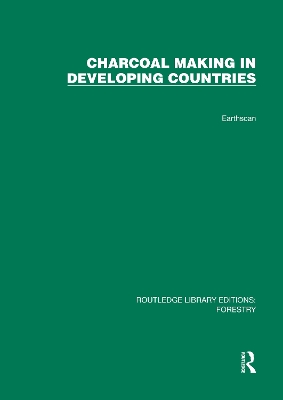Routledge Library Editions: Forestry
3 total works
In 1984, when this book was originally published the need to take forestry outside the forests and involve local people in tree growing was widely recognised. Projects to encourage farm and community forestry were launched in over 50 developing countries. This book describes the main approaches which were taken, discussing their scope and limitation. It examines the reasons why people plant trees, and the constraints which prevent them from doing so. It analyses supply and demand systems for wood, and the underlying forces causing tree depletion. Key aspects of programme design and implementation are also covered, including technical problems, the role of extension services and programme planning requirements.
Originally published in 1986, this book provides a detailed examination of programmes to introduce improved charcoal making techniques throughout the developing world. Charcoal making is widely regarded as an extremely wasteful use of scarce wood resources. The book includes a section on the physics and chemistry of charcoal and descriptions of the various traditional methods of charcoal making. Patterns of charcoal supply and distribution are analysed and efforts to introduce improved charcoal making techniques are described and evaluated.
Originally published in 1984, Stoves and Trees asks whether better stoves really help the two billion people in the developing world who rely on wood and charcoal for cooking and heating their homes. It also asks if improved stoves actually save fuel and if they can help slow down tropical deforestation. The book not only examines newer stoves but also ascertains how people buy, collect and use wood in the developing world. It finds that most forests are cleared for timber or farmland not fuelwood and explains why stoves which show 50% energy savings in European laboratories often save little or none in village homes.


